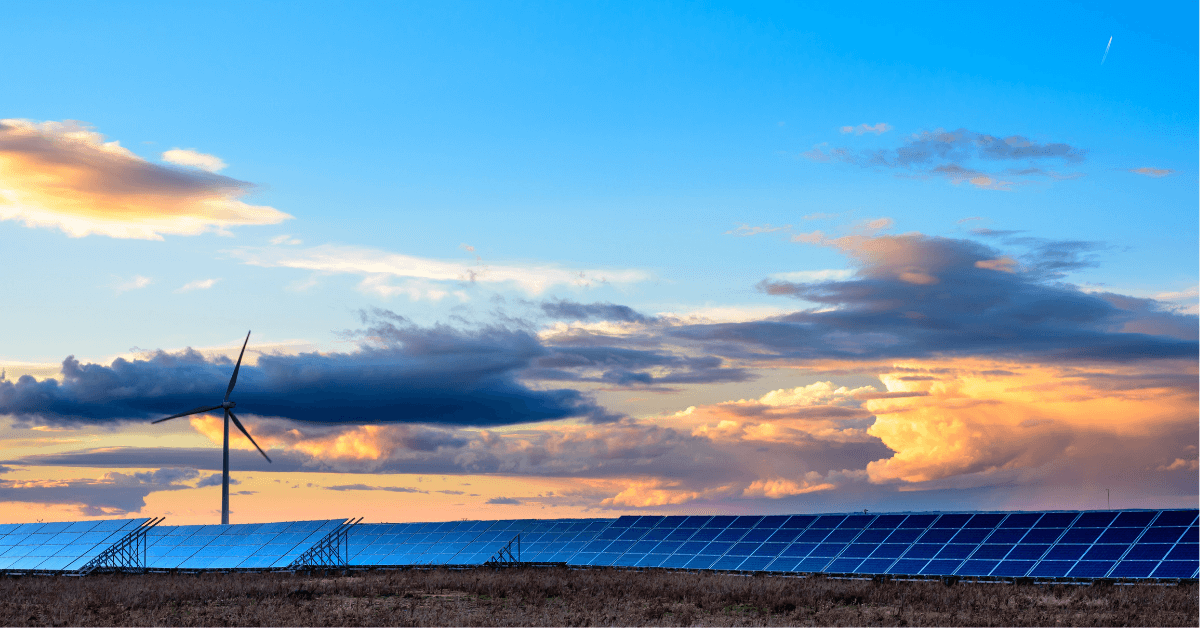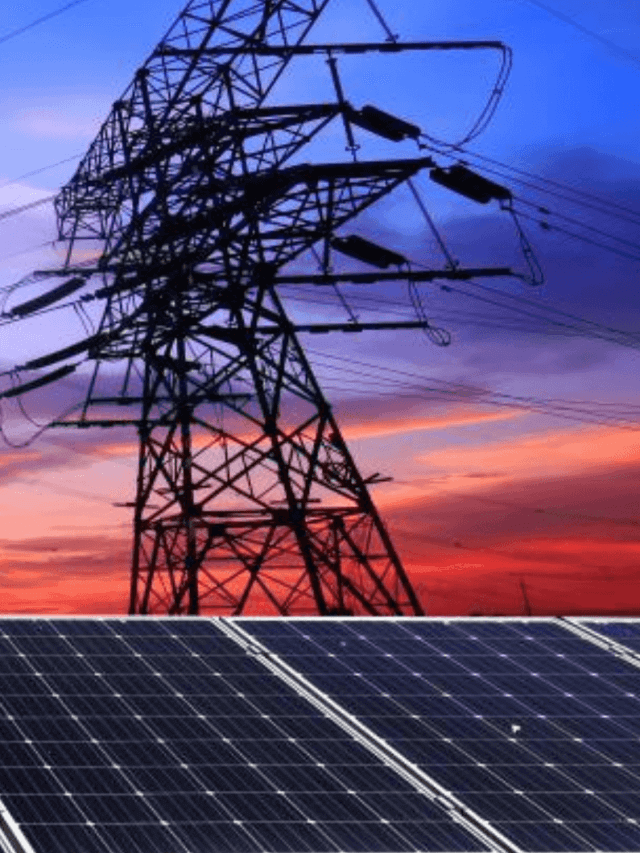How Ramokgopa’s Electricity Reforms Will Revolutionize Renewable Energy
Discover how Energy Minister Kgosientsho Ramokgopa’s groundbreaking reforms could change the future of renewable energy in South Africa. Learn why it matters.
In a world where the threat of climate change is ever-present, renewable energy stands out as one of the key solutions. However, red tape has long stifled its progress, particularly in South Africa, where bureaucratic delays have hampered efforts to reduce dependency on fossil fuels. Fortunately, a monumental shift is underway, spearheaded by Energy Minister Kgosientsho Ramokgopa, who recently announced reforms aimed at cutting through the administrative barriers that have long held renewable energy projects back.
Why These Reforms Matter
At first glance, the announcement may seem like another policy change among many, but Ramokgopa’s reforms carry profound significance. The move represents a concerted effort to expedite the implementation of green energy solutions, allowing South Africa to leap forward in its fight against climate change. For years, developers of renewable energy projects have struggled to navigate the web of regulations, permits, and approvals that delayed progress, driving up costs and stifling innovation. Now, with the red tape being slashed, the door is open for rapid advancements.
These reforms are about more than just cutting bureaucratic corners—they signal a bold commitment to a cleaner, more sustainable future. If successful, they could not only meet the country’s energy needs but also position South Africa as a global leader in renewable energy. This brings hope to those tired of seeing endless electricity shortages, environmental degradation, and reliance on outdated coal plants.
What Are the Key Reforms?
- Faster Project Approval: By reducing the layers of bureaucracy, projects can get off the ground more quickly, saving time and costs.
- Easing Regulations for Independent Power Producers (IPPs): The reforms give IPPs more room to operate, thus fostering competition and innovation in the market.
- Streamlined Environmental and Land-Use Permits: Renewable energy projects, especially solar and wind farms, can move forward without the usual delays caused by extensive environmental and land-use reviews.
- Incentives for Green Projects: The government will provide financial and regulatory incentives to encourage the development of renewable energy infrastructure.
The Emotional Impact on South Africans
Imagine waking up to a world where load shedding is a thing of the past. Ramokgopa’s reforms offer a glimmer of that future—a South Africa where electricity is abundant, clean, and affordable. For too long, South Africans have suffered from power outages that disrupt daily life and harm businesses. These reforms offer a pathway to not only improve energy security but also protect the environment for future generations.
But the journey won’t be easy. While the reforms cut some of the red tape, challenges like funding, technological advancement, and political will still need to be addressed. However, there is a sense of hope in the air. South Africans are ready for change, and this could be the pivotal moment that finally brings the renewable energy revolution to life.
What’s Next?
While the reforms are a massive step in the right direction, they also require public and private sector cooperation to succeed. Energy companies, environmental groups, and communities need to rally behind this initiative to ensure it achieves its potential.
The stakes are high, but the rewards are enormous—a sustainable energy future that benefits everyone.
Conclusion
The changes led by Minister Kgosientsho Ramokgopa aren’t just bureaucratic updates—they represent a brighter future for South Africa. With reduced red tape, faster approvals, and increased support for renewable energy, the nation is poised to make significant strides in combating climate change and securing its energy needs. This moment calls for action, collaboration, and optimism.







